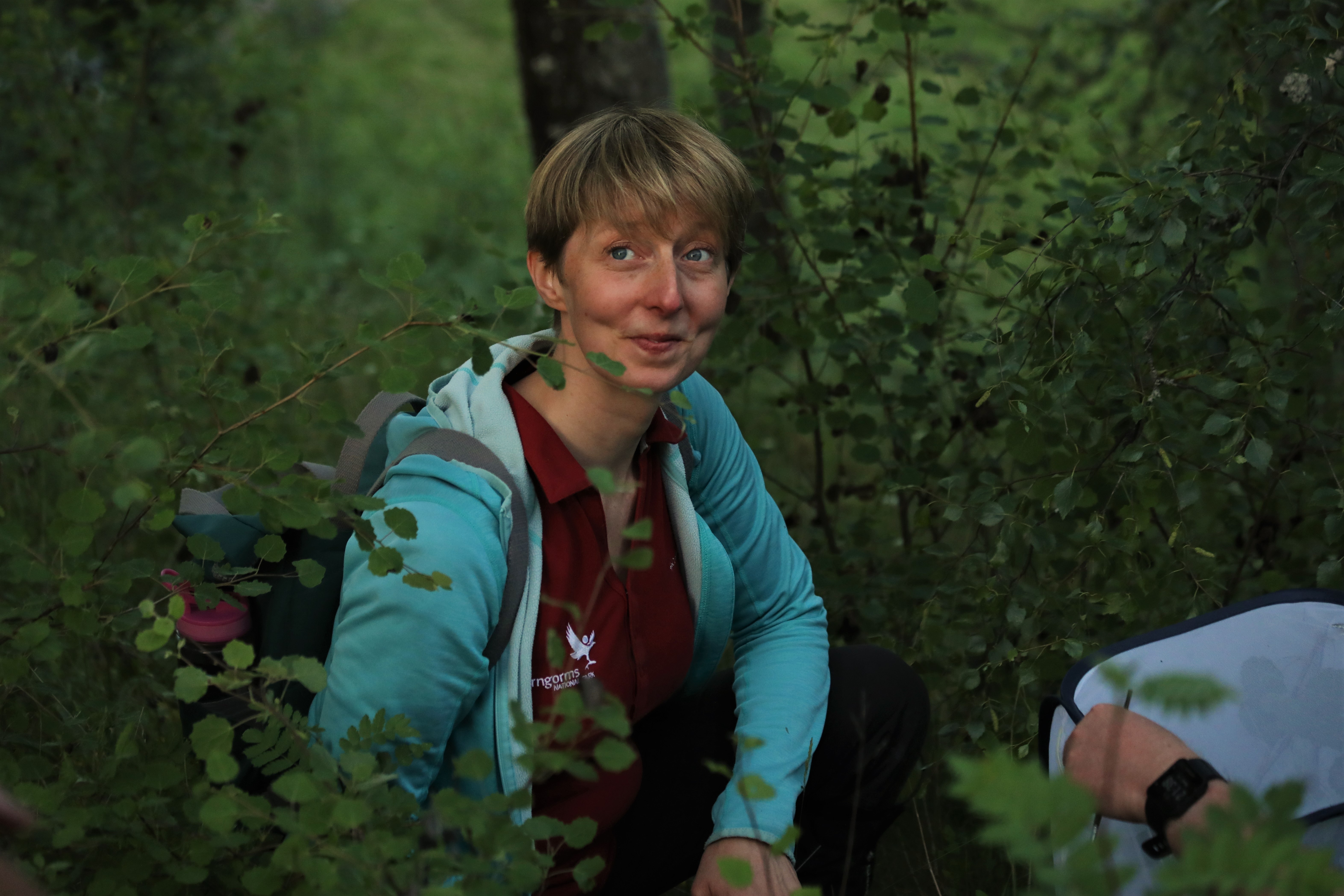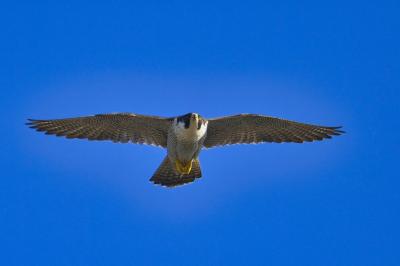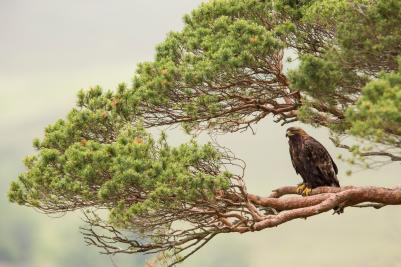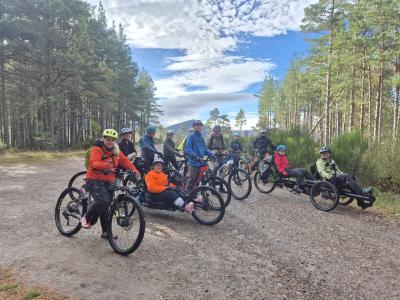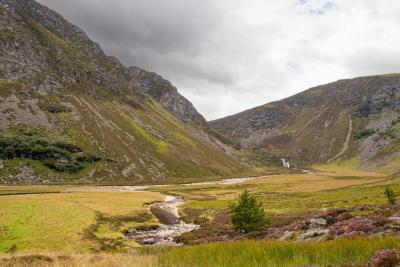No Mow May and Let it Bloom June

It’s ironic that the poor dandelion is seen as a weed because many cultures around the world have cultivated this plant and used it in herbal medicine for hundreds of years. Being so highly valued, the dandelion was intentionally introduced to North America with European settlers. They are edible and considered to be highly nutritious, being reputed to support liver function and a healthy gut flora. The leaves can be eaten in salads when young or cooked like spinach and the flowers can be used to make tea. Even the root can be dried, roasted and brewed up like coffee!
In addition to this, the dandelion flower is an incredibly valuable source of pollen and nectar for pollinating insects in spring and early summer. Bumblebee queens that are emerging from hibernation and early season solitary bees will use dandelion flowers for energy-giving nectar. A wide variety of insects can be found visiting the flowers, from butterflies, moths, flies and beetles, as well as a range of bees. In the Cairngorms National Park, wildflowers can sometimes be scarce in the countryside in spring and so dandelions in gardens, road verges and greenspaces are really important for insects on the wing at this time of year. Even when the dandelions have gone to seed, forming the iconic “clock” seedhead, these seeds provide food for birds – In my garden I’ve had goldfinches, bullfinches and greenfinches feed on the seed heads.
This May we have been encouraging gardeners to support No Mow May, a campaign run each year by the charity Plantlife which aims to encourage more lawns to be managed with nature in mind. It doesn’t have to be your whole lawn – I have distinct patches in my lawn that I leave uncut, but mow paths around them. As well as dandelions I am also seeing the gorgeous blue coloured germander speedwell, clover and bird’s-foot trefoil none of which would flower if I cut the lawn continually. These will provide an important source of pollen and nectar for wild bees. Leaving some grass to grow long will provide food for the caterpillars of several species of moth and butterfly. Long tussocky grass also provides shelter for anything from common lizard to nesting bumblebees. And who doesn’t want to hear chirruping grasshoppers in their garden? Something you won’t get if you cut the grass regularly.
So why not let some dandelions flower in your patch and see what visits them? Knock a job off your to do list by not mowing for a few extra weeks into Let It Bloom June – you might be surprised by what flowers and grasses appear from your lawn.
